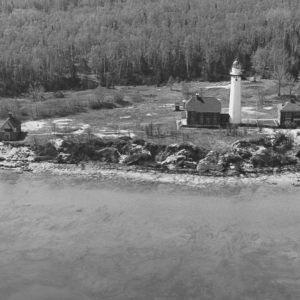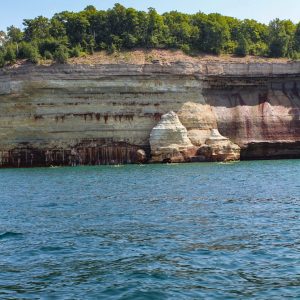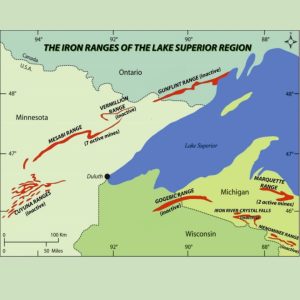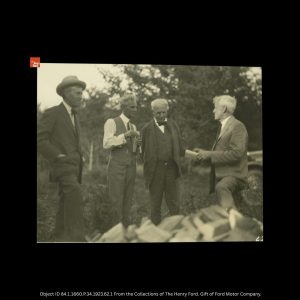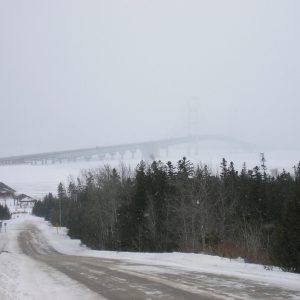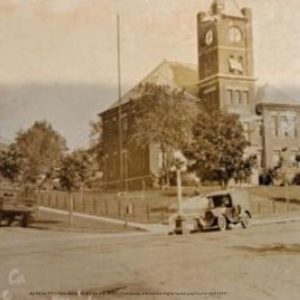History, Hauntings, and a Stunning Lake Superior View Perched high on a bluff overlooking Lake Superior, the Big Bay Point Lighthouse is one of Michigan’s most striking and storied beacons. Located about 24 miles northwest of Marquette, this lighthouse has guided mariners and witnessed tragedy. Big Bay Point has even welcomed overnight guests as one of the few operational lighthouses that doubles as a bed and breakfast. With a blend of maritime history, mystery, and magnificent views, Big Bay Point Light has earned its spot as a true Northern Michigan gem. Guiding the Way: The Early Days of Big Bay… Read More »



